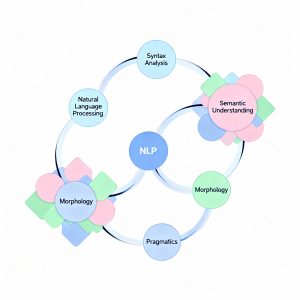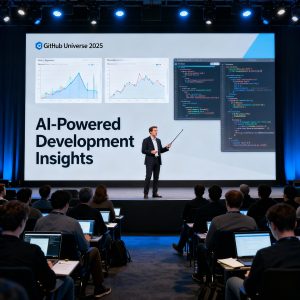OpenAI has introduced Aardvark, a next-generation autonomous security researcher powered by GPT-5. Designed to detect, validate, and propose patches for software vulnerabilities, Aardvark continuously safeguards enterprise and open-source codebases. Currently in private beta, the system enhances automated defense by combining human-style reasoning with commit-level awareness, sandbox validation, and one-click patch generation.
Revolutionizing Automated Security Research
Aardvark functions as a self-directed agent capable of reading, reasoning about, and testing code with high precision. It simulates the analytical process of a human security researcher—writing tests, exploring dependencies, and invoking external tools. Unlike conventional static analysis or fuzzing techniques, Aardvark relies on large language model reasoning combined with targeted tool usage to identify exploit paths and surface actionable weaknesses.
Complete Vulnerability Lifecycle Workflow
Aardvark manages the entire vulnerability lifecycle across four key stages:
- Analysis – It builds a repository-specific threat model aligning with a project’s security design and objectives.
- Commit Scanning – By reviewing commit-level diffs and historical changes, Aardvark identifies risky updates and presents annotated code with explanations for developer review.
- Validation – Every potential issue is tested within a controlled sandbox to verify exploitability, ensuring only confirmed vulnerabilities progress for patching.
- Patching – Using Codex-based intelligence, Aardvark generates candidate patches automatically. These can be reviewed and merged within GitHub pipelines through a single-click workflow.
Proven Performance in Real-World Testing
During internal and external evaluations, Aardvark delivered an impressive detection rate of about 92% on benchmarked repositories containing both real and synthetic vulnerabilities. OpenAI has been running Aardvark for several months across its own codebases and in collaboration with selected early partners. The AI system has consistently surfaced complex, interdependent bugs that traditional scanners often fail to detect.
How Aardvark Originated and Evolved
Initially built as an internal solution for OpenAI’s engineering teams, Aardvark evolved following strong developer feedback. Matt Knight, OpenAI’s Vice President, highlighted its ability to present findings with transparency and assist engineers with guided fixes—key factors that influenced the decision to extend it to private beta testers.
Strengthening the Open-Source Ecosystem
Beyond enterprise applications, Aardvark has already impacted the open-source community. Its contributions have led to responsible vulnerability disclosures and the assignment of multiple CVEs. OpenAI intends to provide pro-bono scanning services for select non-commercial open-source repositories, advancing collective supply-chain security efforts.
Addressing the Scale of Software Risk
The urgency for such proactive systems is clear: over 40,000 CVEs were reported globally in 2024. OpenAI’s research also reveals that roughly 1.2% of code commits may unintentionally introduce vulnerabilities—tiny oversights that can have wide-reaching effects. Aardvark’s approach of early detection and immediate patch validation directly targets this challenge, minimizing potential exposure before issues escalate.
Updated Coordinated Disclosure Policy
In preparation for greater vulnerability reporting volumes, OpenAI has revised its coordinated disclosure policy. The new framework focuses on collaboration with developers and sustainable remediation efforts rather than rigid deadlines. This shift aligns with the evolving nature of agentic AI tools and the need for scalable, continuous vulnerability management.
Availability and Future Roadmap
Aardvark’s private beta program is open to selected enterprise clients and open-source maintainers. Broader availability will follow once OpenAI refines its detection accuracy, validation workflow, and reporting interface based on partner feedback. With ongoing iterations, the tool aims to seamlessly integrate into existing development ecosystems without slowing delivery cycles.
A Proactive Future for Application Security
Aardvark represents a significant transformation in how organizations approach software defense. By pairing human-style reasoning with continuous vulnerability monitoring, it shifts the paradigm from reactive remediation to proactive prevention. If its strong benchmark performance holds at scale, enterprises could achieve faster vulnerability detection, reduced supply-chain risk, and higher developer productivity—all without sacrificing speed or innovation.
Read more such articles from our Newsletter here.



